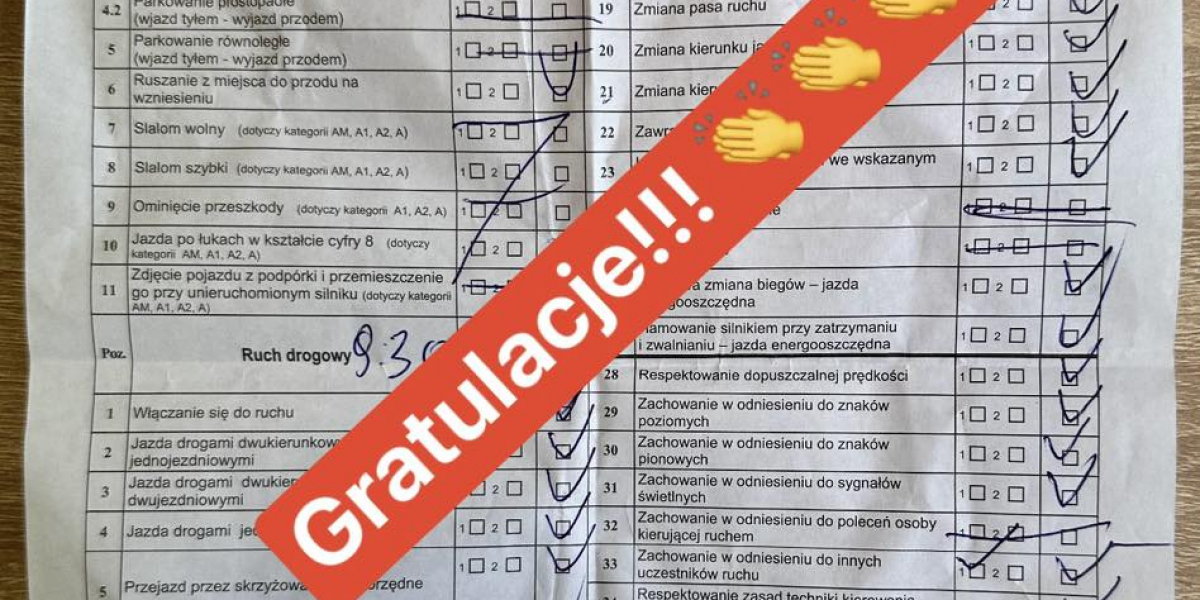Why Are Beneficial Insects Crucial in Pest Management Systems?
Beneficial insects serve essential roles in agriculture, including pest suppression, pollination, and soil ecosystem regulation. Their presence naturally reduces pest pressure and cuts down chemical reliance.
- Parasitic wasps can suppress lepidopteran pest eggs by over 70%
- Green lacewings consume up to 600 aphids per week as larvae
Preserving these insect allies results in resilient fields, reduced pesticide applications, and better crop outcomes over time.
1. Use Target-Specific Insecticides Like Emamectin Benzoate 5% SG
Selective insecticides offer pest-specific action without affecting non-target species. Emamectin Benzoate 5% SG is a prime example. Derived from natural avermectins, it selectively targets caterpillar pests by disrupting their neuromuscular systems.
It acts by:
- Binding to glutamate-gated chloride channels
- Inducing feeding inhibition within hours
- Leading to pest mortality in 2–3 days
Its low toxicity to bees, spiders, and predatory bugs makes it suitable for Integrated Pest Management (IPM) programs. For growers prioritizing environmentally conscious tools, they often choose to purchase Emamectin Benzoate 5% SG to achieve adequate control without disrupting the ecosystem.
Two key advantages include:
- High selectivity for lepidopteran larvae
- Low residual impact on beneficial fauna
2. Deploy Pheromone Traps for Early Detection and Mass Trapping
Pheromone traps use species-specific chemical signals to lure and monitor moth populations. These tools serve dual purposes: detecting infestation thresholds and reducing mating success through the trapping of males.
They help farmers take action before larval damage escalates.
- Traps reduce moth mating success by over 60% in Helicoverpa armigera
- Effective for population suppression without insecticide use
Mass trapping with pheromones aligns with pollinator-safe practices since it avoids direct contact with beneficial insects. Timing and placement are critical—setting traps at canopy height and monitoring twice a week ensures reliable data.
3. Introduce Natural Enemies Strategically
Biological control provides a practical and non-disruptive method for pest suppression. Specific parasitoids and predators target the life stages of lepidopteran pests.
- Trichogramma chilonis attacks pest eggs before larvae hatch
- Bacillus thuringiensis (Bt) causes gut paralysis in feeding caterpillars
Bt-based products, when applied during early instars, maintain efficacy above 80% and do not harm key beneficial insects. Parasitoid releases every 10 days at 50,000/ha have proven successful in cotton and tomato ecosystems.
These natural agents thrive in balanced habitats, making them ideal for sustainable management.
4. Adjust Agronomic Practices to Suppress Pest Life Cycles
Certain farming practices can significantly reduce pest pressure by altering the environment and disrupting pest breeding. These include:
- Crop rotation to break pest cycles
- Timely removal of crop residues that harbor larvae or pupae
- Intercropping with non-host plants or repellent crops like marigold
Infestations of Spodoptera were reduced by 35% in maize fields interplanted with cowpea, according to research from Tamil Nadu. By reducing the initial pest load and the amount of pesticides used, cultural controls also maintain beneficial insect zones.
Farmers managing their weeds mechanically or chemically also prefer herbicide solutions to maintain cleanliness around crop boundaries. In this process, many choose to buy Glyphosate 71% SG, which controls perennial weeds effectively without disturbing insect habitats.
5. Apply Botanical Extracts and Biopesticides
Plant-derived insecticides like neem oil, karanj, and garlic extracts present low-risk alternatives to chemical pesticides. Azadirachtin, the active compound in neem, interferes with hormone regulation in insects, inhibiting growth and reproduction.
Field observations reveal:
- 1% neem extract reduces Spodoptera larvae by up to 65%
- No significant mortality observed in lacewings or honeybees
These biopesticides are appropriate for late-stage treatments and near-harvest sprays because they break down quickly and leave little residue behind. Their interoperability with IPM programmes further supports their popularity in integrated installations.
6. Use Light Traps Selectively to Target Nocturnal Pests
Light traps offer a physical means to attract and capture moths without the use of chemicals. They are especially effective against adult lepidopteran pests, particularly during peak flight times.
Key application guidelines:
- Operate traps from dusk until midnight
- Place away from flowering plants to avoid pollinator interference
Studies have shown a 40% decline in adult moth population in rice fields using solar-powered UV light traps at 8 per hectare. Though simple, they offer scalable suppression with no direct harm to predators or parasitoids.
7. Time Sprays to Avoid Beneficial Insect Activity
To protect pollinators and natural predators, timing is crucial. Applying insecticides in the early morning or late evening reduces the exposure of beneficial insects, as many of them are diurnal.
Ideal window:
- 6 PM to 9 PM, when bee activity drops and moths are still present
Farmers have reduced beneficial insect mortality by up to 55% while maintaining pest control by using this technique when applying insecticides, particularly when using low-residue chemicals as Emamectin Benzoate 5% SG.
"A farm that listens to its insects builds its resilience."
8. Promote Habitat Diversity Through Ecological Engineering
Ecological engineering involves restructuring the cropping system to encourage beneficial insect habitats and biodiversity. Examples include:
- Border planting of flowering strips (e.g., coriander, fennel)
- Creation of beetle banks or hedgerows for predator refuge
A multi-location FAO trial found that rice fields with ecological engineering interventions exhibited a 3-fold increase in parasitoid presence and required 40% fewer pesticide sprays. Enhanced biodiversity also buffers the impact of pest resurgence and improves natural pest regulation.
This practice also aligns with the goals of sustainable farming systems promoted by organizations like FAO’s Integrated Pest Management program, offering long-term ecological stability.
Frequently Asked Questions
- Why are lepidopteran pests so hard to control?
Their larvae feed internally or on hidden plant parts, reducing insecticide exposure. High reproductive rates and overlapping generations also increase management difficulty. - Is Emamectin Benzoate 5% SG safe for beneficial insects?
Yes. It has low toxicity to pollinators and predators due to its mode of action and rapid degradation. Application timing still matters for best results. - What are examples of beneficial insects in agriculture?
Lady beetles, lacewings, parasitic wasps, hoverflies, and bees are all crucial for natural pest control and pollination. - Can botanical sprays replace chemical insecticides completely?
Not always. They are most effective in low-to-medium infestations or in combination with other strategies, such as biological control or selective insecticides. - What’s the best method for managing lepidopteran pests in vegetable crops?
An integrated approach combining Bt sprays, pheromone traps, neem-based products, and Emamectin Benzoate applications works well in most vegetable systems.
Regional Case Study: Tomato Fields in Maharashtra
In Maharashtra’s tomato belt, growers reported 30–50% yield losses due to Helicoverpa armigera. Over one growing season, a coordinated IPM approach was implemented:
- Trichogramma chilonis releases every 7 days
- Emamectin Benzoate 5% SG at flowering stage
- Neem oil sprays on a 10-day interval
- Flowering border plants for pollinator support
In comparison to chemical-only fields, final evaluations revealed a fourfold increase in natural enemy counts, a 25% increase in yield, and a 70% reduction in pests. Farmers also reported fewer market rejections owing to residue.
Why Multi-Method Management Is More Effective
Relying solely on chemical sprays can have unintended consequences. Pest resistance, environmental damage, and beneficial insect decline weaken long-term results. A diverse toolkit offers:
Strategy | Pest Suppression | Beneficial Impact | Residue Risk |
Emamectin Benzoate 5% SG | High | Low | Low |
Pheromone Traps | Medium | None | None |
Bt and Biopesticides | High | None | Very Low |
Cultural and Ecological Methods | Medium–High | Positive | None |
Crop type, pest pressure, climate, and resource availability all influence the ideal mix. Methods that are flexible allow you to stay in control while adjusting to new situations.
A Prospective View of Pest Management
Precision, ecology, and integration are key to the future of pest management. Better yields and environmental results are obtained by farmers who integrate habitat conservation, selective chemical, and biological technologies. Pest control becomes more self-sufficient and requires fewer inputs when natural enemies are supported.
Remain alert, flexible, and continually monitor pest levels. Make investments in the well-being of the ecosystem and use pest management techniques that support both short-term and long-term objectives.



